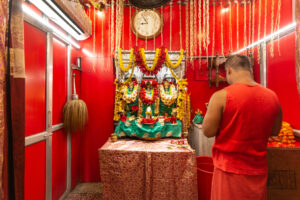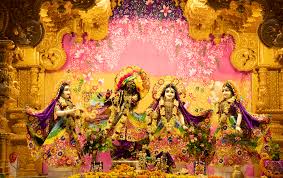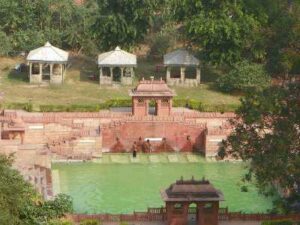How to Explore the Hidden Wonders of the Saptarni Caves
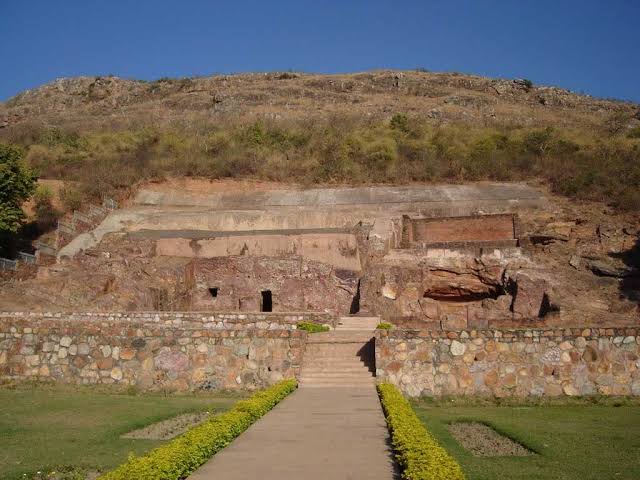
Saptarni Cave or Saptaparni Cave is one of the most sacred and ancient places in Rajgir, Bihar. The cave is of tremendous importance in Buddhism, Jainism, and Hinduism and thus is a pilgrimage spot for seekers, historians, and adventure tourists. Situated amidst the picturesque Vaibhava Hills, Saptarni Cave is breathtakingly beautiful, peaceful, and a source of India’s glorious cultural past.
Historical Significance
Saptarni Cave is said to be the location where Lord Buddha spent his final days before achieving Mahaparinirvana. It is also the location of the First Buddhist Council, which took place under the chairmanship of Maha Kassapa after the demise of Buddha. The council was significant in bringing together Buddha’s teachings, which evolved into the basis of Buddhist scriptures.
Aside from its Buddhist importance, the cave also finds reference in Jainism, with Lord Mahavira, the 24th Tirthankara, being said to have meditated in the hills around. Hindu mythology believes that seven sages (Saptarishis) meditated here at one time, hence the name of the cave.
Location and Accessibility
Saptarni Cave lies in Rajgir’s Vaibhava Hills, Bihar, about 100 km from Patna, the state capital. Rajgir is connected by road, rail, and air:
- By Air: The nearest airport is Jay Prakash Narayan International Airport, Patna (100 km away).
- By Train: The nearest railhead is Rajgir Railway Station (7 km away).
- By Road: Rajgir can be reached through NH 31 and has easy connectivity to large cities such as Patna, Nalanda, and Gaya.
From Rajgir town, pilgrims have to climb upwards to access the cave, which is a thrilling experience for adventure enthusiasts.
Attractions and Highlights
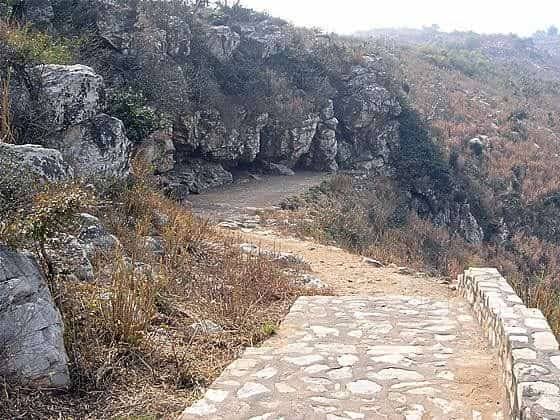
- Sacred Buddhist Connection: Pilgrims come to offer respects to Lord Buddha and revel in the peace of the cave where the First Buddhist Council was held.
- Panoramic Views: The hike to the cave provides breathtaking views of Rajgir’s green valleys and hills around.
- Spiritual Vibes: The cave and its environment have a profound sense of spirituality and peace, drawing meditation practitioners.
- Hot Springs Nearby: Near the cave, tourists can visit Rajgir’s renowned hot springs, which are said to have therapeutic properties.
- Vishwa Shanti Stupa: Situated on the same hills, this grand white stupa is an emblem of peace across the globe and a testament to architecture.
- Jain and Hindu Connections: Pilgrims from both the faiths throng the destination because of the presence of Lord Mahavira and Hindu saints.
Best Time to Visit
Optimal time to visit Saptarni Cave is from October to March when the climate is fine and perfect for trekking. Summers are hottest, and monsoons are slippery on the roads.
Travel Tips
- Trekking shoes need to be comfortable as the trek is full of hiking.
- Keep water bottles and light snacks along for the trek.
- Go early in the morning for a serene experience and not to attract huge crowds.
- Respect the sanctity of the place by maintaining silence and cleanliness.
- Hiring a local guide can enhance your visit with historical insights.
Conclusion
Saptarni Cave of Rajgir is an intriguing mix of adventure, spirituality, and history. If you are a history enthusiast, a Buddhist believer, or a nature enthusiast, this is a place you must visit for an experience to remember. Your visit to this holy cave will be a memorable one, bringing peace to your soul and insight into India’s rich heritage. Do not miss including it in your travel schedule when you plan to visit Rajgir.
